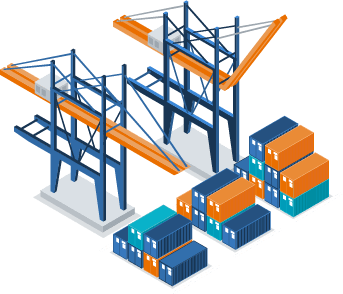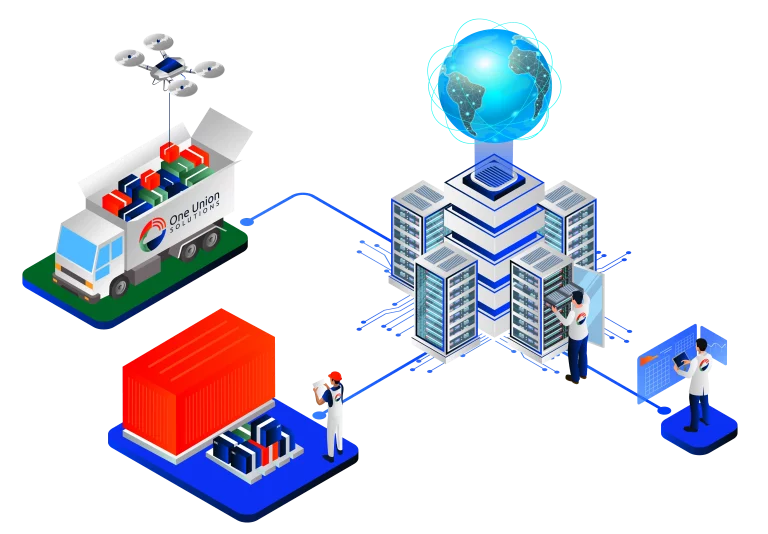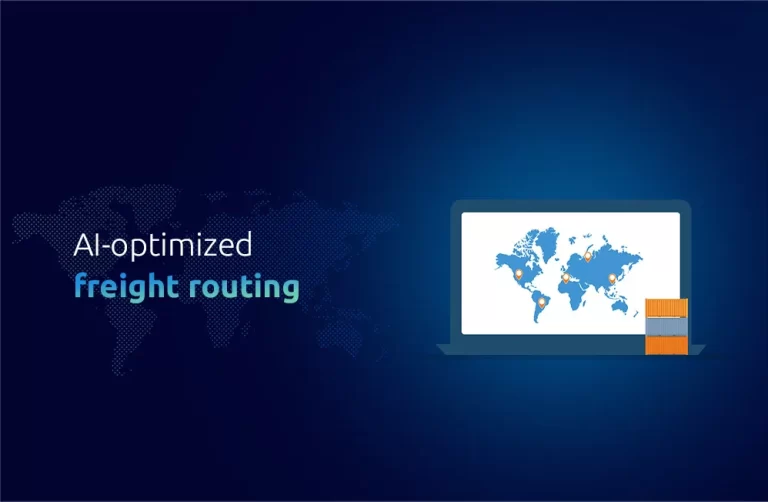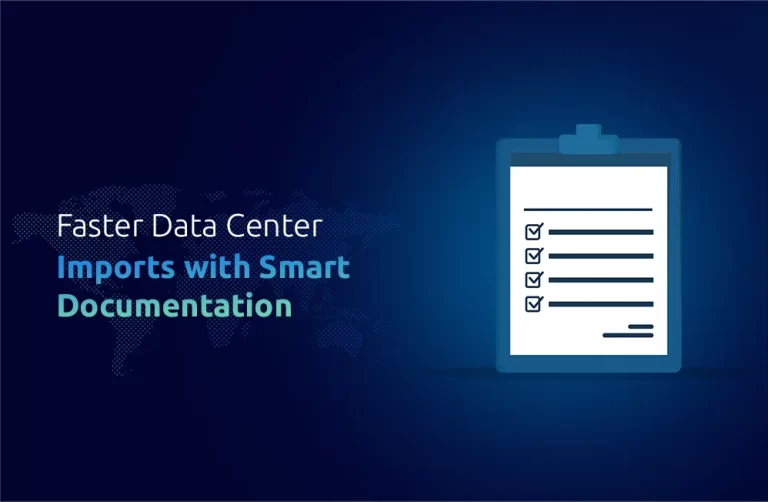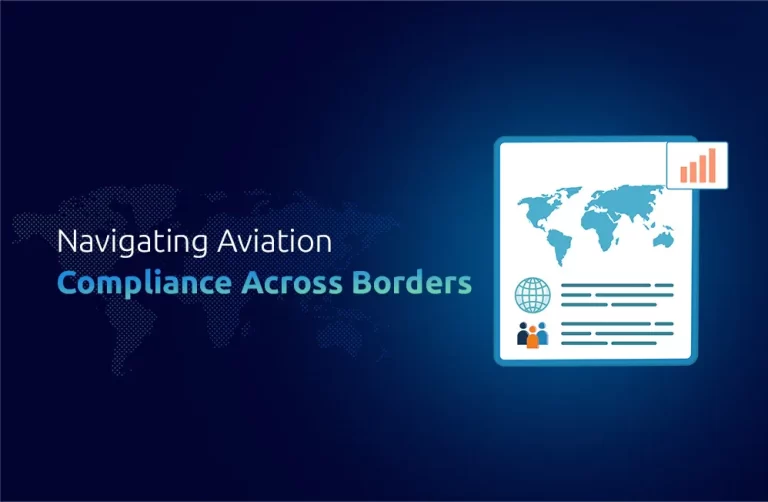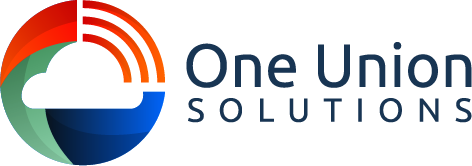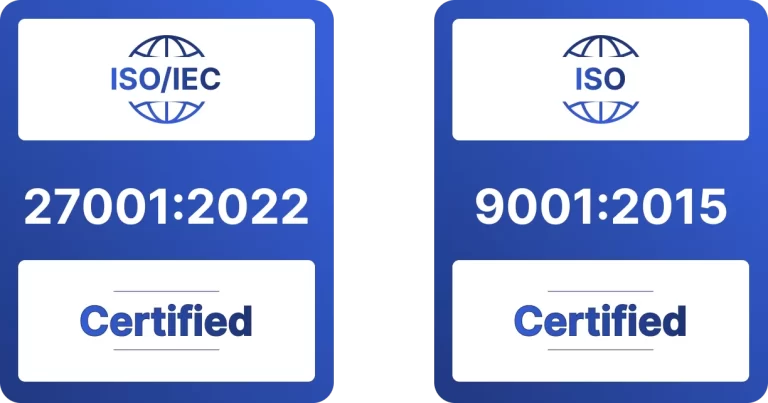Shipping IT and telecom equipment to the diverse industries of Canada
The tech, medical, automotive, and aviation industries need to carefully consider certifications, taxes and duties, and trade regulations when importing IT and telecom equipment. For seamless compliance and an easy importation process, importers need to be well-versed in these industries’ requirements.
Here’s an insightful breakdown of each industry’s essential aspects:
Tech industry:
To import IT equipment into Canada’s tech industry, you have to know about industry-specific certifications, like Industry Canada’s Radio Equipment Certification or Compliance Labeling Approval (CLA). Compliance with these certifications is key to seamless customs clearance. Getting in touch with regulatory bodies and industry experts like One Union Solutions can help make sure you’re in compliance.
Medical industry:
To import medical equipment to Canada, you have to follow Health Canada’s Medical Devices Regulations. For patient safety and efficacy, this includes getting licenses and doing conformity assessments. A quality management system that meets ISO 13485 and the Canadian Medical Devices Conformity Assessment System (CMDCAS) are essential. It’s important to work with Health Canada and other regulatory bodies so you can navigate the complex landscape of importing medical equipment.
Automotive industry:
The automotive industry in Canada requires strict safety regulations and standards when importing equipment. To ensure the safety and performance of automotive technology, the Canadian Motor Vehicle Safety Standards (CMVSS) should be followed. Aside from Transport Canada’s requirements, importers should also look into specific auto parts and systems’ approvals. In the automotive industry, working with authorized laboratories and regulatory bodies is important.
Aviation industry:
The aviation industry has to comply with Transport Canada’s regulations and safety standards before importing equipment. There are special approvals, permits, and certifications for aviation. It’s important to follow Canadian Aviation Regulations (CARs) and Transport Canada’s guidelines when importing aviation equipment. The key to navigating the complicated requirements of the aviation industry is collaboration with Transport Canada and other agencies.
Considerations for taxes and duties:
The cost of importing IT and telecom equipment to Canada also has tax and duty implications. The Harmonized System (HS) codes determine what duties and taxes apply to goods. Those regulations are governed by the Canada Border Services Agency (CBSA), so importers should know the codes and tax rates. By consulting with customs brokers or trade professionals, you can make sure duty and tax assessments are accurate.
IT and telecom equipment importers can successfully navigate the complexities of importing IT and telecom equipment to Canada’s tech, medical, automotive, and aviation industries by understanding the unique requirements of each. In order to ensure compliance and successful importation, industry experts, regulatory bodies, and trade professionals like One Union Solutions can help streamline the process.

